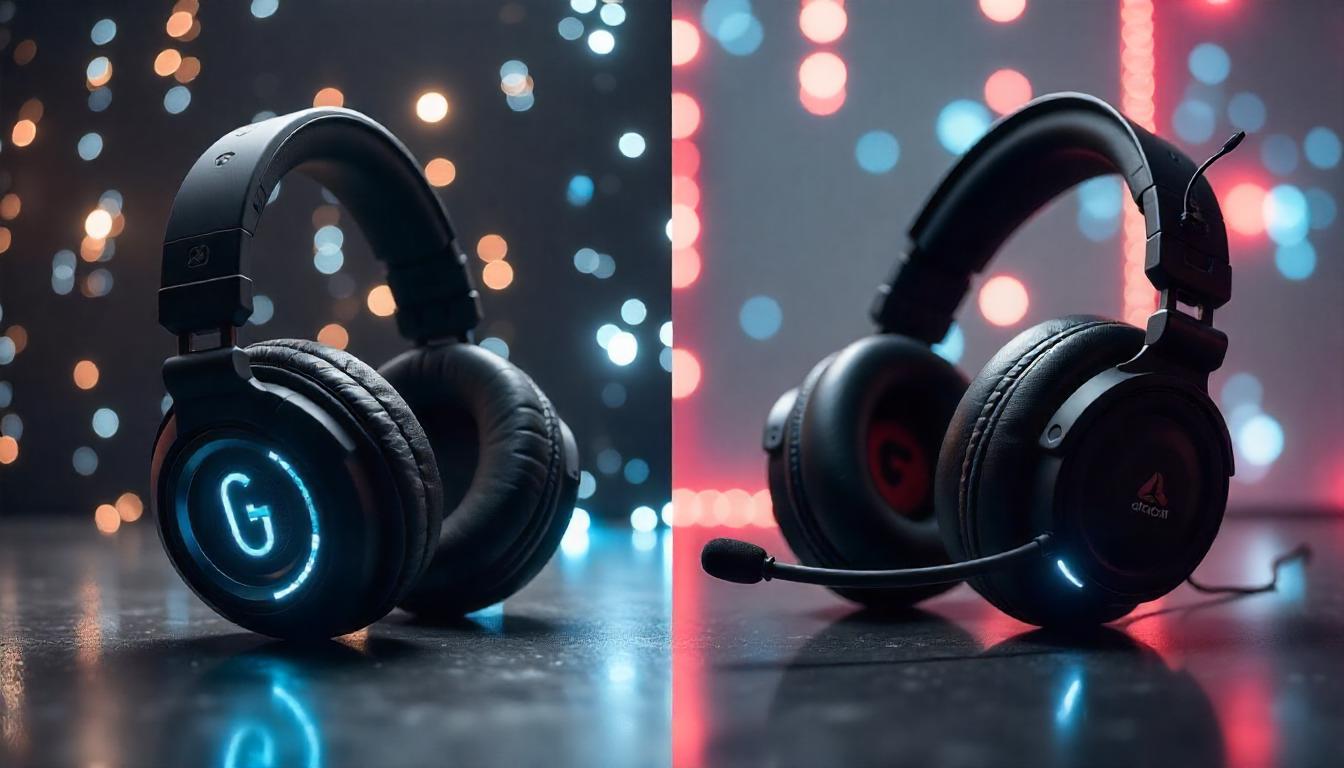Virtual reality is rapidly transforming the way we experience games, entertainment, and even work, but with so many options available, choosing the right headset can feel overwhelming. In this detailed comparison, we’ll look at the Meta Quest 4, one of the most popular standalone VR headsets, and evaluate it against some of its top competitors in 2025. We’ll break down key factors like resolution, comfort, price, and exclusive features to help you decide which VR headset is best suited to your needs.
1. Resolution: A Window to Better Visuals
When it comes to VR, a high-quality display is crucial for immersion, so let’s first compare the Meta Quest 4‘s resolution to other headsets on the market.
- Meta Quest 4: With a 2064 x 2208 per-eye resolution, the Quest 4 offers one of the highest pixel densities in the standalone VR market. The 90Hz refresh rate ensures smooth visuals for most games and media, delivering an immersive experience without the need for a connected PC.
- Valve Index: Known for its stunning visuals, the Valve Index boasts a slightly lower 1440 x 1600 per-eye resolution, but the standout here is its 144Hz refresh rate, which makes fast-paced games buttery smooth. While the pixel density is lower than the Quest 4, its superior refresh rate and wider field of view (130 degrees) offer a different kind of visual experience.
- PlayStation VR2: This headset focuses on PS5 compatibility, offering a solid 2000 x 2040 per-eye OLED display. The PS VR2 supports a 120Hz refresh rate and HDR, making it one of the best options for those looking for immersive visuals on Sony’s console.
Verdict: The Meta Quest 4 strikes a balance with its high resolution and solid refresh rate, but for those seeking the highest refresh rate (and for gaming with a PC), the Valve Index might have the edge. If you prioritize console gaming, PS VR2 offers excellent resolution with HDR support, but the Quest 4 remains the most versatile standalone option.
2. Comfort: Playing for Hours without Fatigu
Comfort is a make-or-break factor in VR headsets, especially for long gaming sessions or extended experiences. Let’s look at the ergonomics of each headset.
- Meta Quest 4: The Quest 4 improves on its predecessors with a lighter design and a better-balanced build, which helps reduce strain on your face and neck. The adjustable head strap and soft, breathable foam padding make it more comfortable to wear for long sessions.
- Valve Index: The Valve Index is a bit heavier due to its high-end components, but it features a customizable head strap and high-quality materials that provide a snug fit. The foam padding is soft, but some users may find it cumbersome for long gaming sessions.
- PS VR2: The PS VR2 offers a well-constructed design, with a sleek look and a comfortable headband. Its adjustable lens distance and improved weight distribution make it comfortable, though it still leans on the heavier side for long use compared to the Quest 4.
Verdict: The Meta Quest 4 takes the comfort crown for those who plan to game for hours on end without feeling weighed down, thanks to its lighter weight and ergonomic design. The PS VR2 is comfortable but leans toward a heavier design, while the Valve Index offers great comfort but can feel a bit cumbersome for extended sessions.
3. Price: Balancing Value and Features
The price of a VR headset often dictates the overall value proposition, especially when considering the features you’re getting.
- Meta Quest 4: The Quest 4 is available at a relatively affordable price point starting around $499 for the 128GB model. This is a standalone headset, meaning you don’t need a PC or console to use it, offering great value for the price.
- Valve Index: The Valve Index is a high-end VR experience that requires a powerful gaming PC to use. The full kit starts at $999, making it one of the more expensive options. While the visuals and performance are top-tier, the high price might be a dealbreaker for casual VR enthusiasts.
- PS VR2: Priced around $549, the PS VR2 is more affordable than the Valve Index, but it requires a PlayStation 5 to work, pushing the overall investment higher if you don’t already own a PS5. However, for console gamers, it provides a great value with exclusive games and features.
Verdict: Meta Quest 4 offers the best value if you’re looking for a standalone headset that doesn’t require additional hardware. The PS VR2 is a solid option for PlayStation gamers but comes with the added cost of a PS5. The Valve Index delivers the most premium VR experience but comes with a hefty price tag and requires a capable gaming PC.
4. Exclusive Features: What Sets Each Headset Apart?
Each VR headset has unique features that appeal to different users.
- Meta Quest 4: The Quest 4 stands out with its standalone functionality, meaning no PC or console is needed. It also offers hand-tracking and pass-through AR, allowing for a more immersive experience. The Quest 4 is supported by a large library of content via the Meta Store, with continuous software updates and new game releases.
- Valve Index: The Valve Index is well-known for its superior tracking and finger-tracking controllers, which provide a level of immersion that rivals traditional console controllers. Additionally, it boasts a wide field of view (130 degrees) and adjustable lens distance, giving you a more customized experience.
- PS VR2: The PS VR2 offers unique features like haptic feedback, adaptive triggers, and eye tracking for enhanced immersion and interactivity. The Tempest 3D AudioTech provides an unparalleled audio experience, and it’s packed with exclusive games like Horizon Call of the Mountain and Gran Turismo 7.
Verdict: The Meta Quest 4 is the most feature-rich standalone device, but if you’re looking for specialized features like finger-tracking, the Valve Index excels. The PS VR2 is the top pick for PlayStation users seeking exclusive, highly interactive gaming features.
Final Verdict: Which VR Headset Should You Choose
- Meta Quest 4: If you’re looking for the most affordable, standalone VR headset with strong performance and high versatility, the Quest 4 is the clear winner. Its mix of resolution, comfort, and exclusive features makes it the best all-around option for those who want a no-fuss VR experience.
- Valve Index: If you already own a powerful gaming PC and want the best visuals, immersion, and tracking, the Valve Index delivers premium performance at a premium price. Its expansive field of view and finger-tracking technology make it a standout choice for enthusiasts and serious gamers.
- PS VR2: For PlayStation users, the PS VR2 offers a solid option with exclusive games and next-gen immersive features like haptic feedback and adaptive triggers. If you’re already invested in Sony’s ecosystem, the PS VR2 is a no-brainer.
Ultimately, the best VR headset depends on your budget, gaming platform, and desired features. Whether you want a standalone device or a top-tier, PC-connected VR experience, there’s a headset in 2025 that fits your needs.
4o mini






Leave a Reply